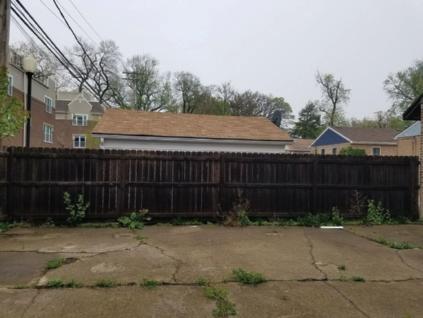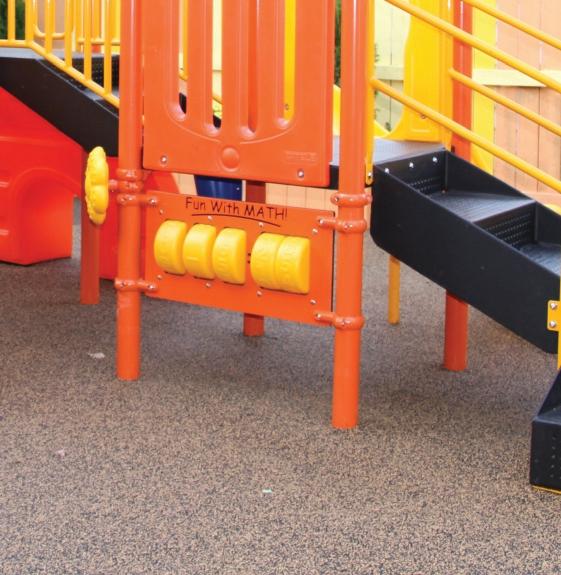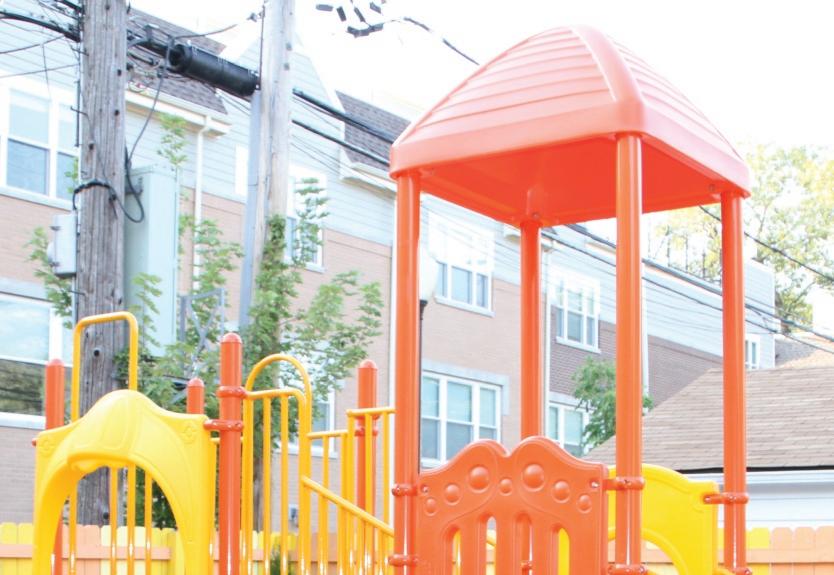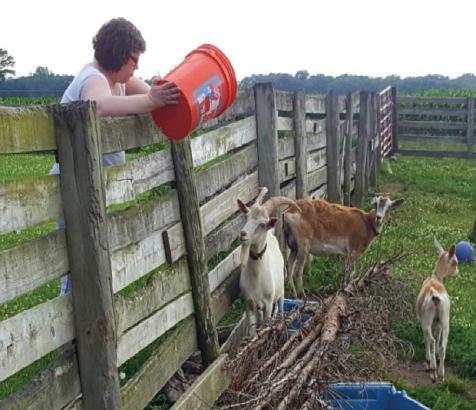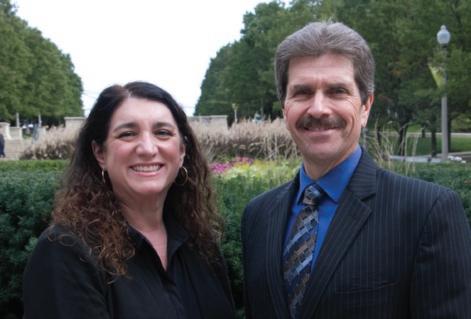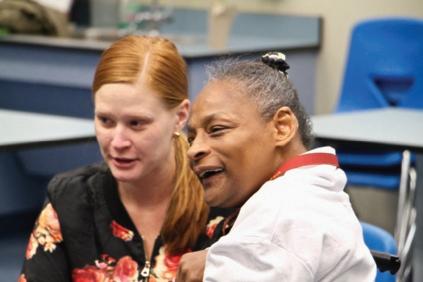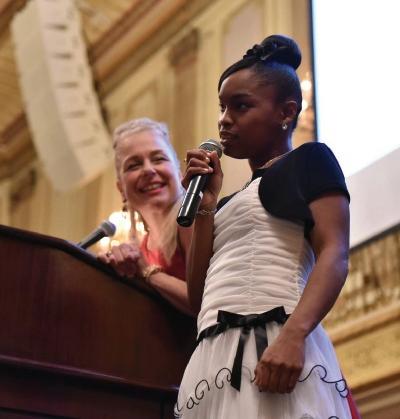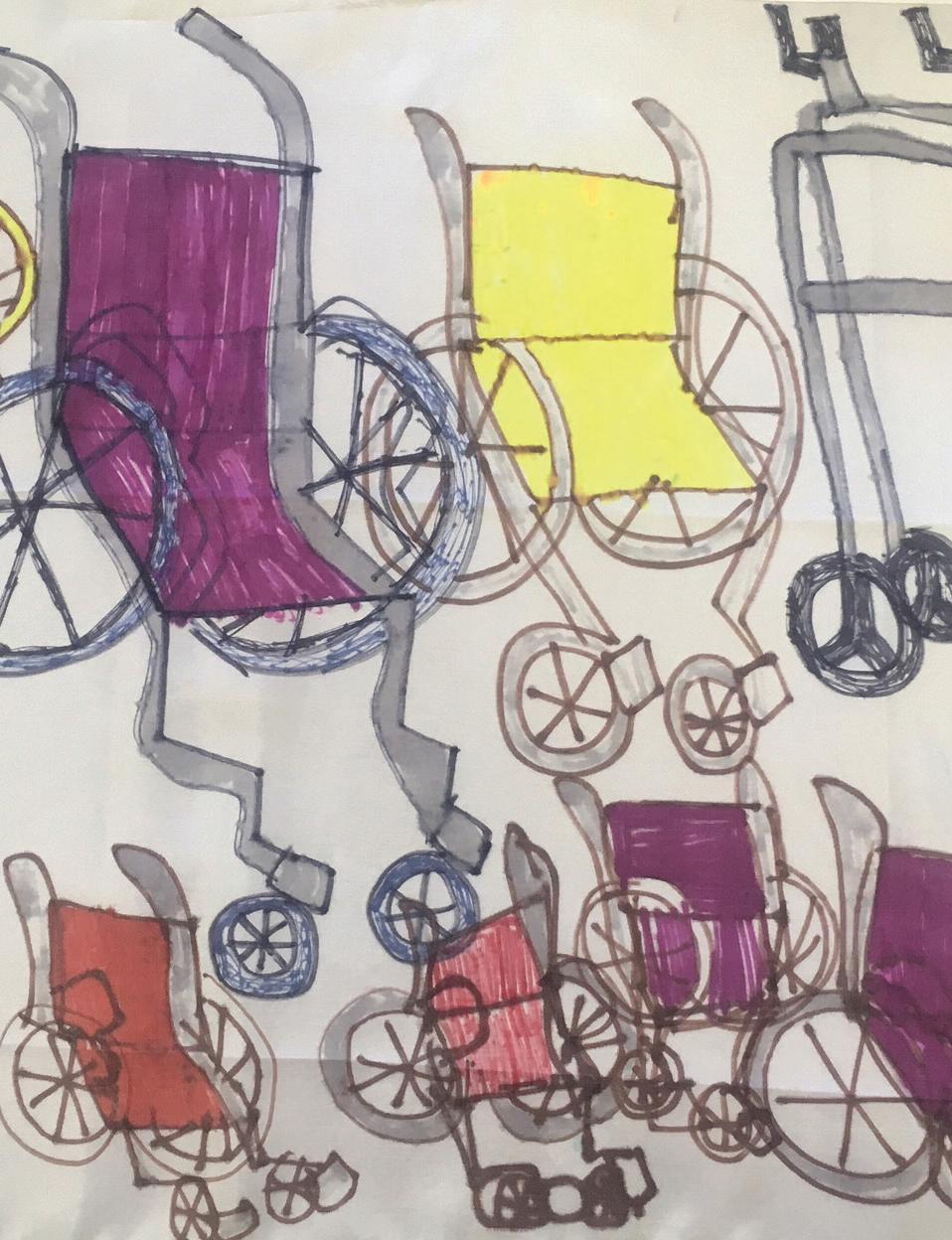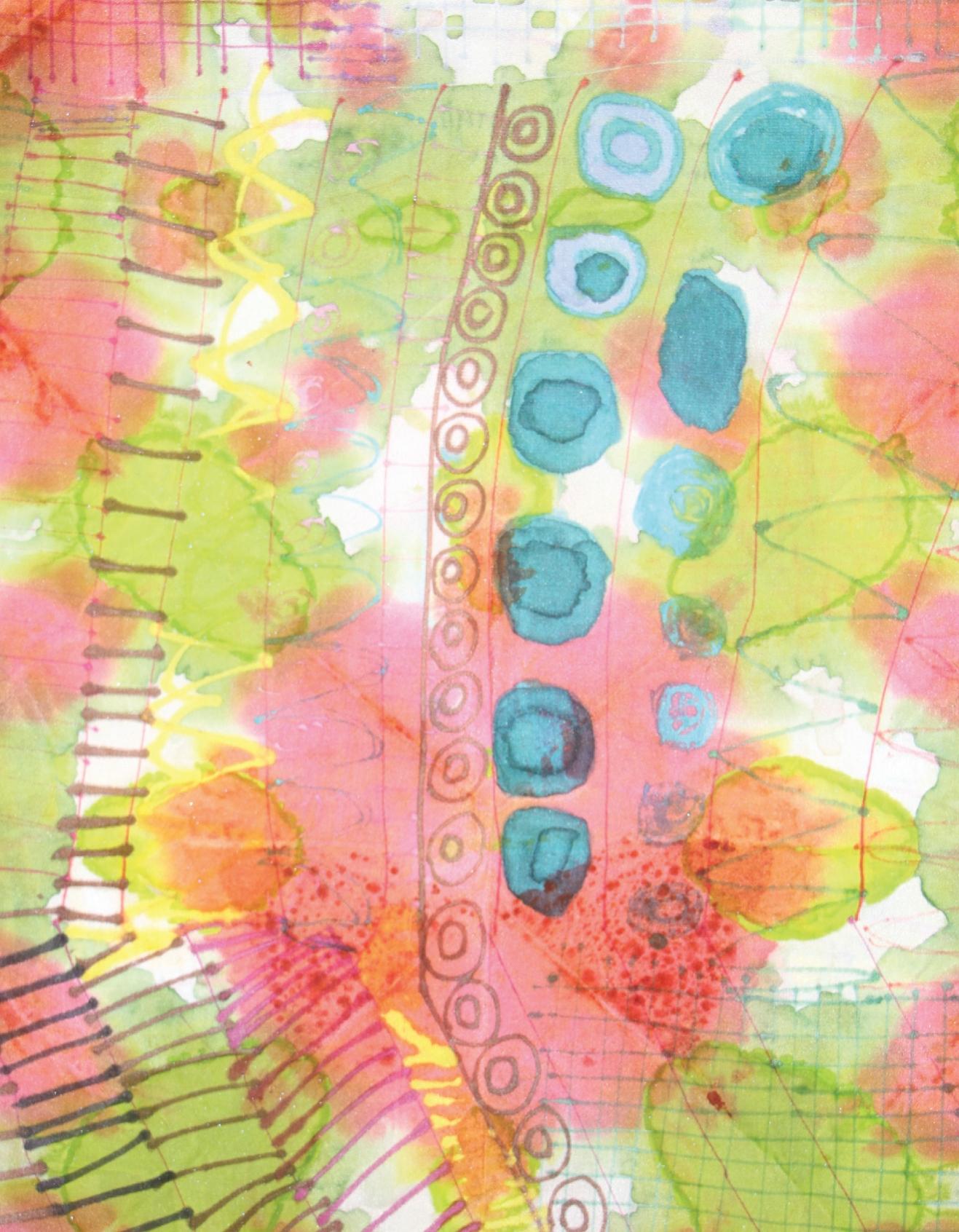
1 minute read
Play Time Garden
Envision Unlimited’s Foster Care program serves the needs of children and teens with I/DD who also require foster care. In addition to many of the typical challenges faced by those in foster care, these young people often have difficulty using language and might have secondary diagnoses that limit their physical mobility. Children in foster care in general are also twice as likely as their peers to experience asthma and obesity.1
The formidable odds stacked against the mental and physical well-being of these children make Envision’s Foster Care Center Play Time Garden vital to their growth and development.
Designed, built, and opened in 2017, this state-of-the-art outdoor playground creates a welcoming space for little ones to interact with other children in a way that’s unstructured, yet supervised and safe, while their caregivers attend meetings with Envision staff. They’re getting plenty of fresh air, exercise, and social interaction, all of which will have an impact on their long-term development of mobility and balance, communication, and social skills. Crucially, the playground also provides a welcoming environment for visits between foster children and their biological families.
Physical play is a freeing experience, an invitation to invent and innovate, a spark for the imagination, a means of connecting socially and personally with others, a confidence builder, and a special space and time that can belong to the children.
That’s why the Play Time Garden holds a special place in our hearts. Envision staff have already witnessed noticeable improvements in the families in their care, resulting in healthier, happier children now and in the future.
Special thanks to Hyde Park Interiors Architecture Group, Conway & Sons Lawn Services, Wilkins Solutions Enterprises, and Trinity Volunteer Corps for generously donating design services, supplies, and funding to facilitate the Play Time Garden’s construction.
1 Kristin Turney and Christopher Wildeman. “Mental and Physical Health of Children in Foster Care.” Pediatrics. Nov 2016, 138.
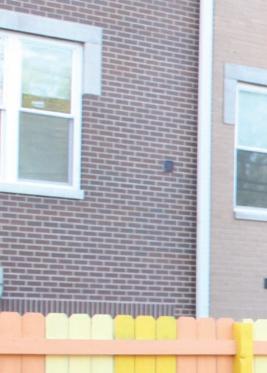
– Mr. Rogers
